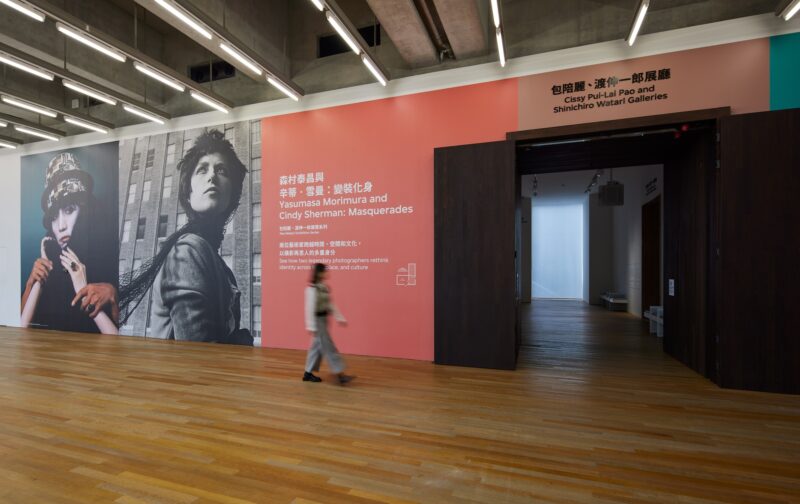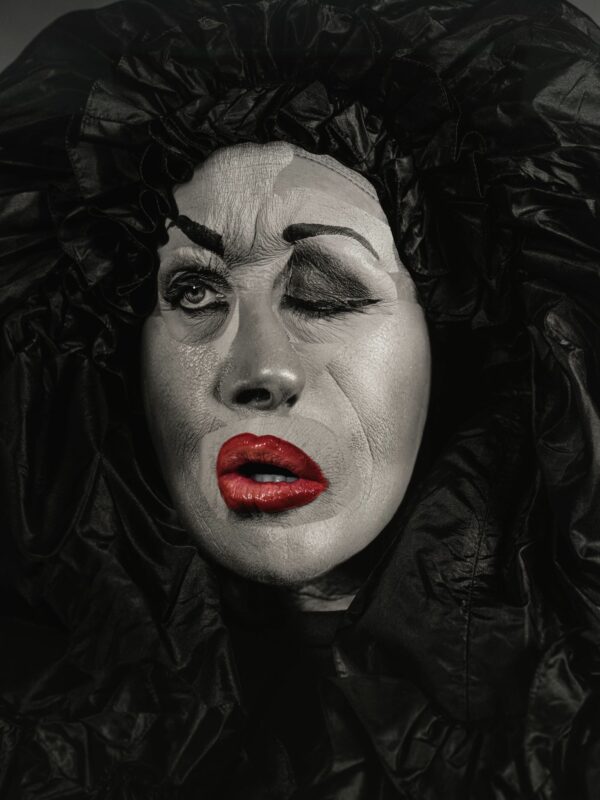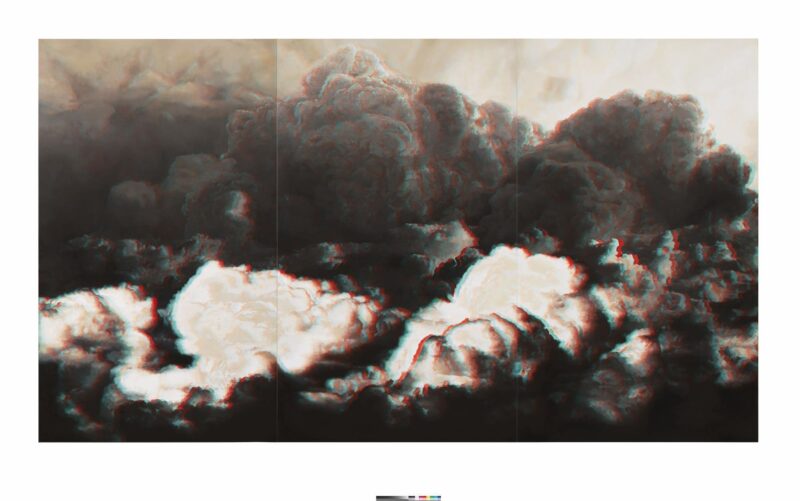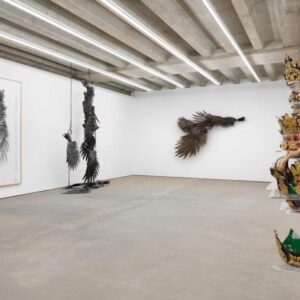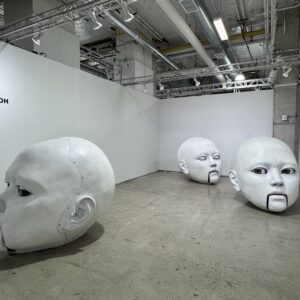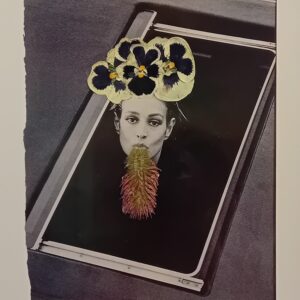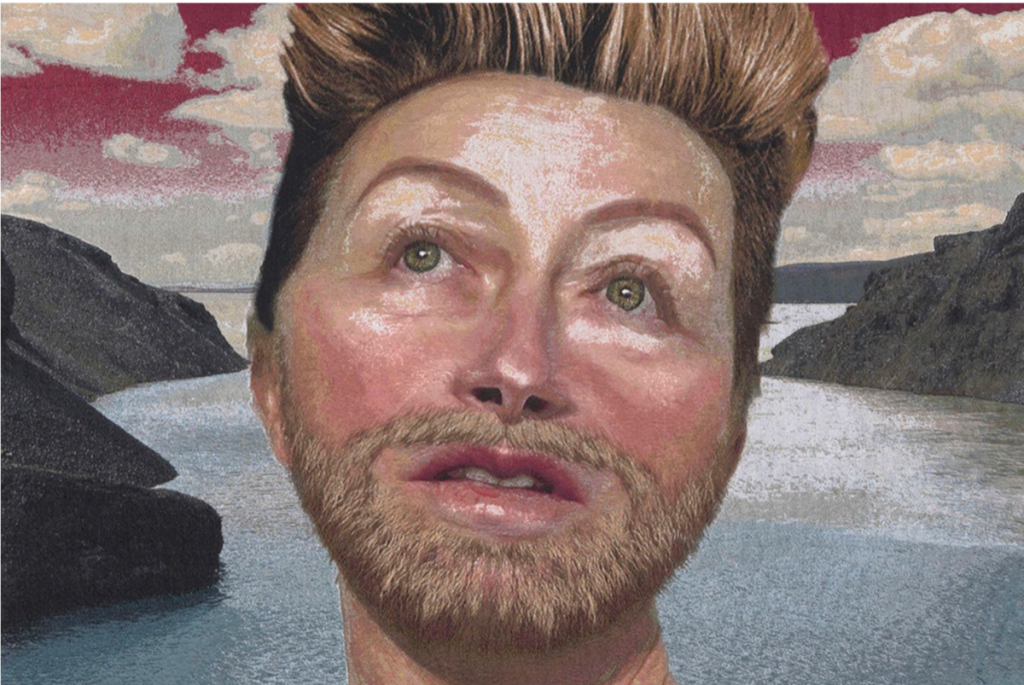
Sprüth Magers are presenting the first solo exhibition by Cindy Sherman at their Los Angeles gallery. In the latest series on view, Sherman explores her first non-photographic medium in a career spanning over 40 years: Tapestry.
Featuring nine examples of her tapestries, the exhibition marks the debut of the works as a coherent body of work. The images are based on pictures posted on the artist’s personal Instagram account, created by using widely available filters and face-altering apps. These are then transposed into woven textiles, which in turn resonate with the pixelation of the source material: Pixels, here, translate to the warp and weft of thread.
February 16th–May 1st, 2021 Sprüth Magers Los Angeles @spruethmagers
About the Artist
Cindy Sherman (*1954) is a pivotal figure in the history of appropriation art and one of the world’s best-known contemporary artists. Since the late 1970s, she has been photographing herself in roles inspired by mass-media stereotypes, but also real people and art-historical imagery. Her unique quasi-theatrical approach reveals the degree to which these stereotypes are entrenched in the cultural imagination. Sherman’s influential, complex oeuvre draws upon cinema, realism and the grotesque, and it is embedded in a number of postmodern and feminist theories. The New York-based artist has been associated with the gallery since 1987.
Sherman moved to New York in 1977 and soon began working on a series of black-and-white photographs whose conceptual foundations continue to inform her work to this day. Though her Untitled Film Stills (1977–80)—a now-iconic series showing Sherman herself in various cinema-inspired guises and settings—seemed familiar, they eluded simple explanation. They were not based on specific films or well-known actresses; cracks in the facades of these self-dramatizations revealed their artificiality, and yet these photos still looked like copies. They amounted to an almost encyclopedic list of female roles in Hollywood films, B-movies, film noir and European auteur cinema of the 1950s and 60s. They represented a challenging commentary on the stereotypical, cinema-derived notions of femininity in viewers’ minds.
Her work since then—created in series that amount to self-contained ensembles—has repeatedly highlighted the degree to which the viewer’s gaze is conditioned by various media. Her skillful, often ingenious evocation of such clichés goes hand-in-hand with their undermining. Sherman’s 1981 Centerfolds series features uncomfortable parodies of the centerfolds in erotic men’s magazines. With Headshots (2000–02), she captured the contradictory, often desperate self-presentation of an older generation of women who wage contemporary society’s fixation on youth and beauty as a war on their own bodies. The Society Portraits (2008) series finds Sherman portraying stereotypical upper-class women against opulent digital backgrounds, their makeup and silicone implants betraying an anxious knowledge that they might have lost the battle with images of status, youth, and beauty.
Another essential facet of Sherman’s work is her exploration of the ugly, macabre, and grotesque. Series including Fairy Tales (1985), Sex Pictures (1992), Horror and Surrealist Pictures (1994–96), but also the Old Masters-inspired History Pictures (1998), the Clowns (2004) body of work and her feature film Office Killer (1997), feature eerie and disturbing imagery that revel with surprising force in their nightmarish perspective on the world and carefully illuminate the psychological terrain of the abject. Classical fairy-tale, horror and splatter topoi merge in theatrical tableaux with reflections on the decay of the human body, the history of violence, the AIDS crisis, and beauty-obsessed pop culture.
Though Sherman herself has repeatedly stressed the degree to which her work has been influenced by the ideas and practices of artists such as Hannah Wilke and Eleanor Antin, she also continues and updates a photographic tradition of models assuming a variety of different guises and personae, a history that includes French surrealist Claude Cahun and Bauhaus photographer Gertrud Arndt. And yet Sherman’s oeuvre essentially reduces the photographic genre of the self-portrait to absurdity. She radically examines today’s dynamics of identity-creation and self-display and the constitutive role that photography—with its ability to fuse the imaginary and the real—plays in that dynamic.
